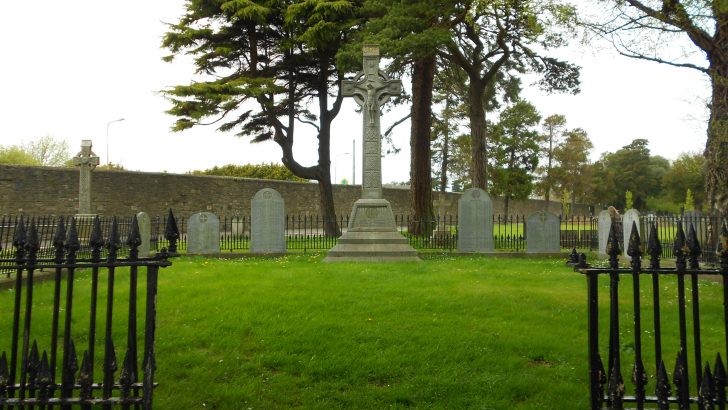Irish Jesuits in Penal Times: Thomas Betagh and his Companions
by Thomas J. Morrissey SJ (Messenger Publications, €19.95)
In what is now called St Kevin’s Park in Dublin’s Camden Row, just off Camden Street, which was once a graveyard dating from medieval times, there stands a monument. It is to the Jesuit Fr John Austin, who died in 1784, once widely known and popular in his own day. The name may now mean little or nothing to those without Jesuit connections.
It is rarely visited. But those who do go there find it a reposeful place, lost in the throbbing hum of the modern city. The monument has a sad and lonely look, a neglected celebration of a largely forgotten priest from a little known period in the city’s history, the penal years in the city.
Companions
In his latest book, Fr Morrissey relates the activities of the gallant Fr Austin who was one of the companions mentioned in the subtitle, the Irish Jesuits in Dublin in the 18th Century.
It is one of a series the author has written over the years from archival researches that fill out what we know of the personalities of those living in the grim years of persecution in Ireland.
Dublin, unlike other European cities of any size, had no living folklore connections with its past. The city’s traditions seem only to really begin with the post-Famine years. So in a real sense, Fr Morrissey is doing us all a great favour by bringing before us some of the important Catholic figures of that city.
However, as the title indicates, the main focus is on Fr Betagh and later Jesuit colleagues who worked in what would today be called inner-city Dublin. Their stories reveal the dark side of the glorious image we have of civilised Georgian Dublin, the downstairs to the upstairs of Merrion and Fitzwilliam Squares. So this book is very much a necessary corrective to all we read and hear about Georgian Dublin.
The challenge Fr Betagh and his colleagues faced was keeping a faith alive in changing and difficult times. But through education, they preserved not only the continuity of Catholicism, but helped in the emergence of an educated mercantile class in Victorian Dublin, a class that would have a dominant influence on the creation and outlook of the New Ireland of the late Victorian and early 20th-Century Ireland.
When he died in 1811 he was given a huge send-off at a funeral attended by representatives of several of the city’s religious traditions”
Yet they did not neglect the poorest of the poor. Betagh and his colleagues ran ragged schools in cellars and attics in the poorest of parts of the city, all the while avoiding the authorities.
The author adroitly provides crisp vignettes of the various figures, which are brief and informative. There were problems, however, such as the difficulties that the Irish Jesuits had with counterparts at Stonyhurst, where the English Jesuits displayed some of the mindlessness about Ireland that has so bedevilled relations between the two countries for centuries.
Anecdotes
But there is room in these pages for strange anecdotes, such as the new bishop of a rural diocese travelling to Ireland by sea, whose ship was seized by the American privateer John Paul Jones who held his baggage with his money, books, clothes and vestments for ransom, leaving the prelate on arrival having to beg for vital support from friends. This same licensed Yankee pirate attacked Dublin too, an event now forgotten in the city.
Betagh was something of a distinguished character in the city. He preached strenuously against the ideas of the French Re-volution, against Tom Paine, and the ‘specious ideas of liberty’ in America.
Yet he was acutely conscious of the established and emerging injustices in Irish society and attacked those as well.
When he died in 1811 he was given a huge send-off at a funeral attended by representatives of several of the city’s religious traditions. He bridged a gap and so helped to save some of the past, and promote a revitalised future both for the Church and for the Jesuits.
This book will also serve to remind present day Catholics, at a time when so many of them are despairing over the ‘decline of the Faith’ in recent decades, that things have been bad for the Church in the past, but they have been passed through.


 Peter Costello
Peter Costello Burial place of Thomas Betagh in Glasnevin, Dublin.
Credit: User T, Findagrave.com
Burial place of Thomas Betagh in Glasnevin, Dublin.
Credit: User T, Findagrave.com 
